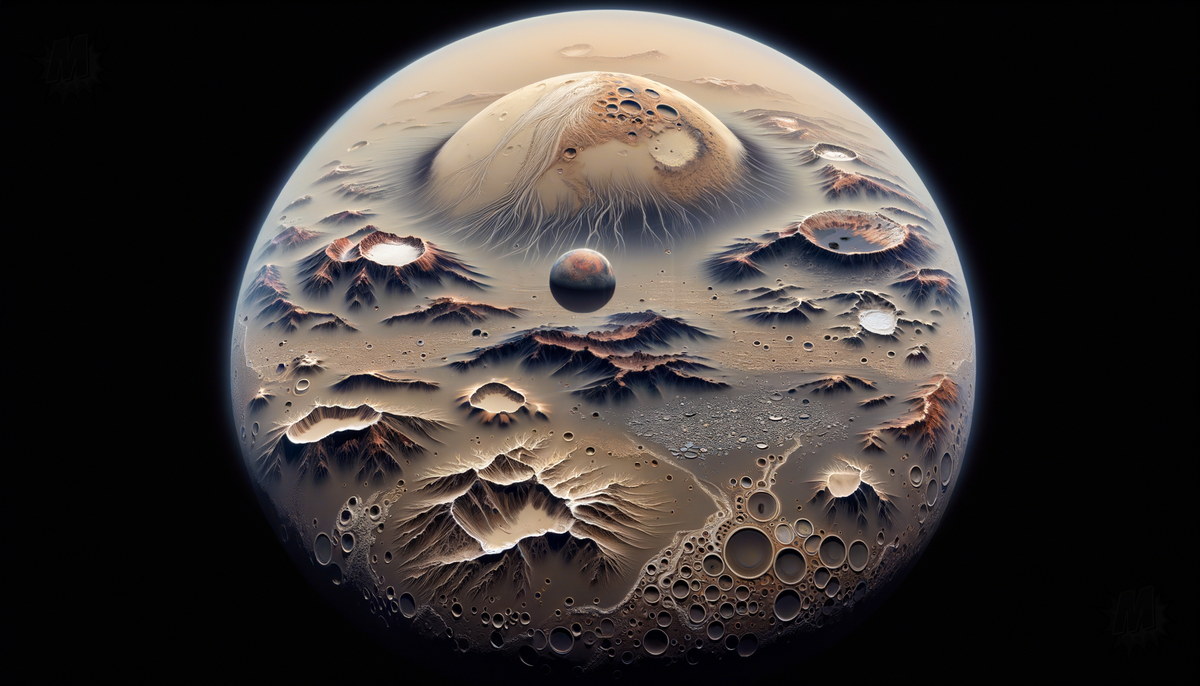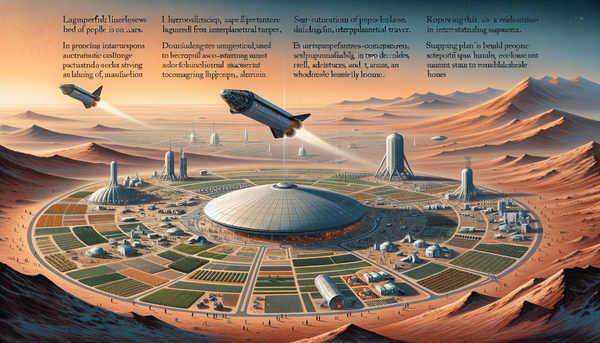Mars Spacecraft Captures Stunning Volcano Views and Icy Dune Discovery

On December 24, 2021, a significant impact event on Mars created a crater approximately 150 meters in diameter, as reported by the InSight lander. This discovery marks the largest crater found in the modern era of spacecraft observation. Initially spotted by the Mars Reconnaissance Orbiter's Context Camera, the impact also resulted in a series of secondary craters, which were identified by their distinctive black markings. The High-Resolution Imaging Science Experiment (HiRISE) captured images of these secondary craters radiating outward, approaching the outer boundary of the secondary crater field.
In other Martian exploration developments, the European Space Agency's Mars Express Orbiter, which has been studying Mars for over 20 years, recently surpassed 25,000 orbits. The orbiter has provided an incredibly detailed image of Mars' surface, featuring its varied landscape, including Olympus Mons—the tallest volcano in our solar system—shield volcanoes such as Ascraeus Mons, Pavonis Mons, and Arsia Mons, and the moon Phobos. These images reveal the dynamic geological history of Mars, though no evidence of life has been found.
Adding to the understanding of Mars' past, NASA scientists have analyzed data from the Curiosity rover, which has been exploring the Gediz Valley Canal at the base of Mount Sharp. This analysis indicates that Mars did not transition from wet to dry instantaneously; instead, the region experienced cycles of humidity and drought. Curiosity's 360-degree panoramas of sulfate-rich layers and salty minerals suggest that water evaporation played a significant role in the planet's geological past.
Lastly, the Mars Express orbiter has shed light on the Martian north pole, where it has identified icy dunes as large as the Iberian Peninsula in the Planum Boreum region. The probe revealed that this area is blanketed in layers of dust and water ice several kilometers thick, extending over 1,000 km. This discovery has sparked significant interest in Mars' history and geology, highlighting the planet's diverse terrain, which includes vast plains, mountains, deserts, and deep canyons. Furthermore, a visualization of the Noctis Labyrinthus valley system, spanning about 1190 km, has been created using data from the Mars Express orbiter.




